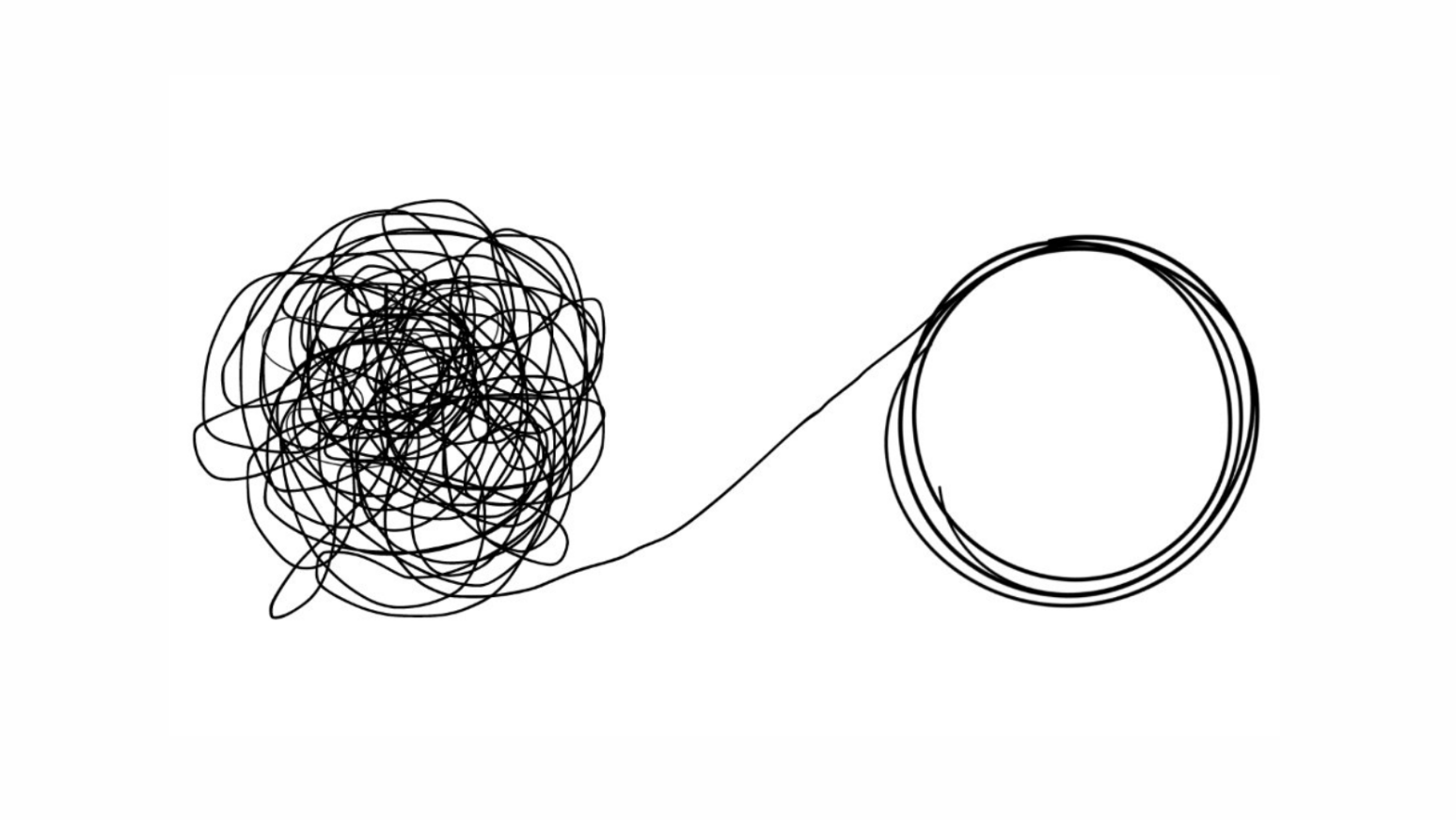Did Your YouTube Ads Work? Deriving Cross-Channel Uplifts

Audience: Data Analysts, Marketers.
Let's set the scene -
You've just started a YouTube in-stream ad campaign to get more users to your website and boost conversions. It's been just over a week - traffic seems to be up, but was it really because of the ad? How can you tell in just a week or two if it's worth running ads for the full 4 weeks?
In other words, is this a channel worth investing in for your brand?
In this article, I'm sharing an approachable way I analysed whether YouTube in-stream ads (and other similar ad types) were resulting in potential cross-channel uplifts. Here's how I did it.
Note: All analyses and data visuals have been produced using Count - click here to read an article on Why Count Wins as an all-in-one analytics tool.
The Problem

YouTube ads could lead to uplifts in conversions across channels such as social media, direct traffic, and email campaigns. But the channels that I believe are most likely to see an uplift are paid and organic search. In short, there are two prominent conversion pathways:
- Users click on the YouTube ad itself - easily attributable to YouTube.
- Users end up searching for product and clicking a paid or organic search result, or navigating through other organic channels - it's hard to attribute credit to the YouTube ad.
You may intuitively feel there is a cross-channel uplift, but need to demonstrate this before any decisions are made.

I sincerely believe in testing and analysing ads before launching them. It ensures that this new channel enhances, or at least doesn't detract from your overall marketing efforts.
The Solution
Method:
You will be using your core data from YouTube ads coupled with data from your paid and organic search channels.

1) Pull out the daily aggregates for the following metrics:
- YouTube Ad total spend and views per day.
- Conversions from the channel of interest - organic and paid search conversions.
- Paid search ad spend.

2) Check for seasonality in product activations or conversions that could bias your analysis.
You want to account for any obvious seasonality that could be misidentified as an uplift. E.g., if you notice an increase in conversions at the end of each month, you'll need to account for this in your experiment design and analysis.

3) Plotting your data
a) Plot daily YouTube ad spend against daily conversions from organic and paid search channels.
The aim here is to see whether the days you spent more on YouTube ads also resulted in a higher number of users acquired through paid search or organic SEO conversions. While you could also substitute ad spend with video views, ad spend provides a more direct measure of budget allocation and its impact on conversions.

b) Sanity check: Plot daily paid search spend (PPC) against YouTube ad spend.

If there's a positive relationship, it may indicate that the uplift in paid search conversions is partly driven by the cross-channel impact of your YouTube ads. However, this could also be due to simultaneous increases in overall marketing spend.
For a more quantitative approach, run a regression and calculate the correlation coefficient during step 3a. This can helps describe the trend observed.

Understanding The Results
"We observed an uplift! Should we implement it as BAU?"
This observed uplift suggests that your YouTube ads might be driving more traffic and conversions, not just directly, but also indirectly. It could be boosting brand awareness and encouraging users to engage with your brand through other channels.
You could run A/B tests by comparing periods with high YouTube ad spend against those with little or no spend, while keeping as much of your marketing efforts (variables) fixed. However, keep in mind that if your business is experiencing a growth phase, it could just be that your traffic has been growing at a consistent rate across a period of time.
In the end, your CPA needs to be compared across channels to evaluate the efficiency and effectiveness of YouTube ads within the broader marketing mix.
"We didn't see an uplift across other channels, should we scrap YouTube ads?"
While I'm not a marketing expert, I have been part of this discussion and can give my two cents.
And my answer to the above question is - it depends!
First, consider where your business is in its lifecycle. Are you at a stage in your business where every marketing dollar needs to drive a clear and measurable return?
Obviously if you're at a point where you haven't developed a viable and sustainable product, I probably wouldn't recommend running ads that are less tested and more transitional. It's likely you'll have budget constraints and won't be able to run the ads long enough to create and observe a positive impact.
But, if your business is more mature, with an established customer base and successful BAU marketing campaigns, YouTube ads might still be worth exploring. Even if the cross-channel impact isn’t immediately obvious, they can contribute to long-term brand building (more on how to measure this in the future!). YouTube ads (or other similar ad types) could lead to that incremental improvement your marketing efforts needs to boost your brands reach.
Thank you for reading! I have fun writing these, and I hope you experience some value too :)
Shout out to Ergest Xheblati and Maddy Bergen for out chats leading up to writing this.
